Green tea, a beverage with roots that date back thousands of years, has evolved into a diverse world of flavours and cultural significance. In this exploration, we embark on a journey to understand and appreciate the nuances of green tea varieties across different regions.
1. The Origins of Green Tea:
- Emperor Shen Nong, the "Divine Farmer," was a skilled ruler and herbalist deeply interested in plant healing properties. As he sat under the shade of a tree, enjoying the tranquillity of nature, he decided to prepare some hot water on his portable stove. As he was boiling the water, a gentle breeze caused a few tea leaves to detach from the nearby tree and fall into his pot, creating an impromptu tea blend. He discovered the infusion was delightful and refreshing. He continued experimenting with tea and discovered its many health benefits. The story of Emperor Shen Nong and the discovery of tea are essential parts of Chinese culture and helped establish tea as one of the world's most beloved beverages.

The text "The Birthplace of Tea: Understanding China's pivotal role in the tea tradition" refers to China's historical and cultural significance in the world of tea. It highlights how China is considered the birthplace of tea and how the country has played a central role in the development and evolution of the tea tradition. The text aims to provide a better understanding of the origins of tea and how it has become an integral part of Chinese culture and tradition.
2. Chinese Green Teas:

- Longjing (Dragon Well): Delicate chestnut notes and hand-roasting traditions.
- Bi Luo Chun: Tiny, curly leaves and a refreshing blend of floral and fruity flavours.
- Gunpowder Green: Bold, smoky, and its unique role in Moroccan mint tea.
- Huangshan Maofeng: Misty peaks and a sweet, floral taste with nutty undertones.
3. Japanese Green Teas:

- Sencha: Vibrant green colour, grassy, and slightly sweet - Japan's most popular green tea.
- Matcha: The traditional Japanese tea ceremony uses powdered green tea, known for its rich, creamy texture.
- Gyokuro: Shade-grown luxury with enhanced sweetness and reduced bitterness.
4. Indian Green Teas:

- Darjeeling Green: Light, floral profile with muscatel notes from the picturesque Darjeeling region.
- Assam Green: A milder, brisk taste with malty undertones, offering a refreshing alternative.
- Kangra Valley Green: Crisp, citrusy flavour from the pristine Kangra Valley of Himachal Pradesh.
5. Korean Green Teas:

- Jeoncha: Bright green leaves, clean, grassy flavour - a testament to Korea's rich tea culture.
Understanding Cultural Significance:
Tea Ceremonies:

- Japan's Chanoyu: Matcha's ceremonial preparation and consumption emphasise harmony and tranquillity.
- China's Tea Culture: The integral role of tea in daily life, with various ceremonies and rituals.
Health Benefits and Beyond:
Health Benefits:
- Antioxidant Richness: Green tea boosts metabolism and improves heart health.
- L-theanine and Calming Effects: Understanding the amino acid contributing to the calming nature of green tea.
Brewing Techniques and Appreciation:
Brewing Methods:
- Gaiwan vs Kyusu: Choosing the right brewing vessel for specific green tea varieties.
- Water Temperatures and Steeping Times: Mastering the art of brewing for enhanced flavours and aromas.
In conclusion, exploring the world of green tea varieties goes beyond the simple act of sipping a beverage. It's a journey through history, culture, and a rich tapestry of flavours. Teacups tell unique stories of cultivation, processing expertise, and cultural significance in every leaf. So, the next time you enjoy a cup of green tea, take a moment to savour the flavours and the profound heritage and tradition woven into every infusion. Happy brewing!

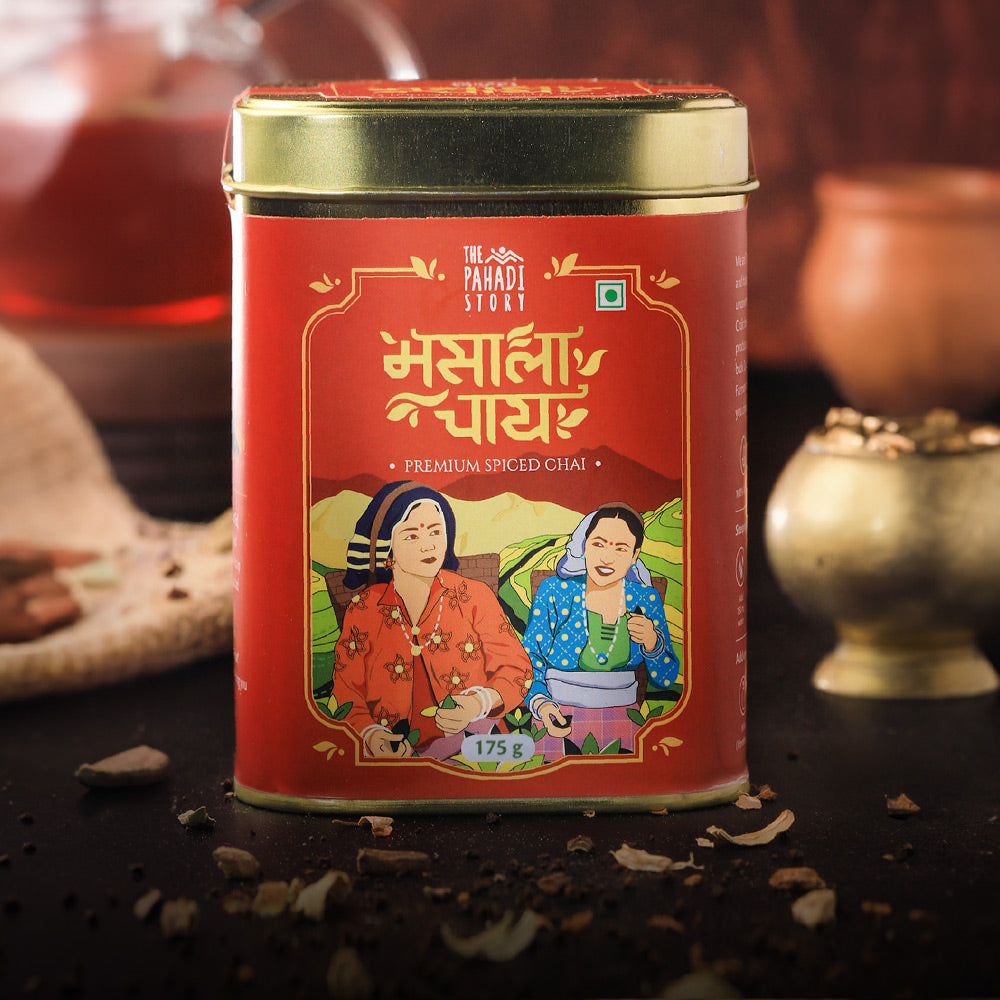
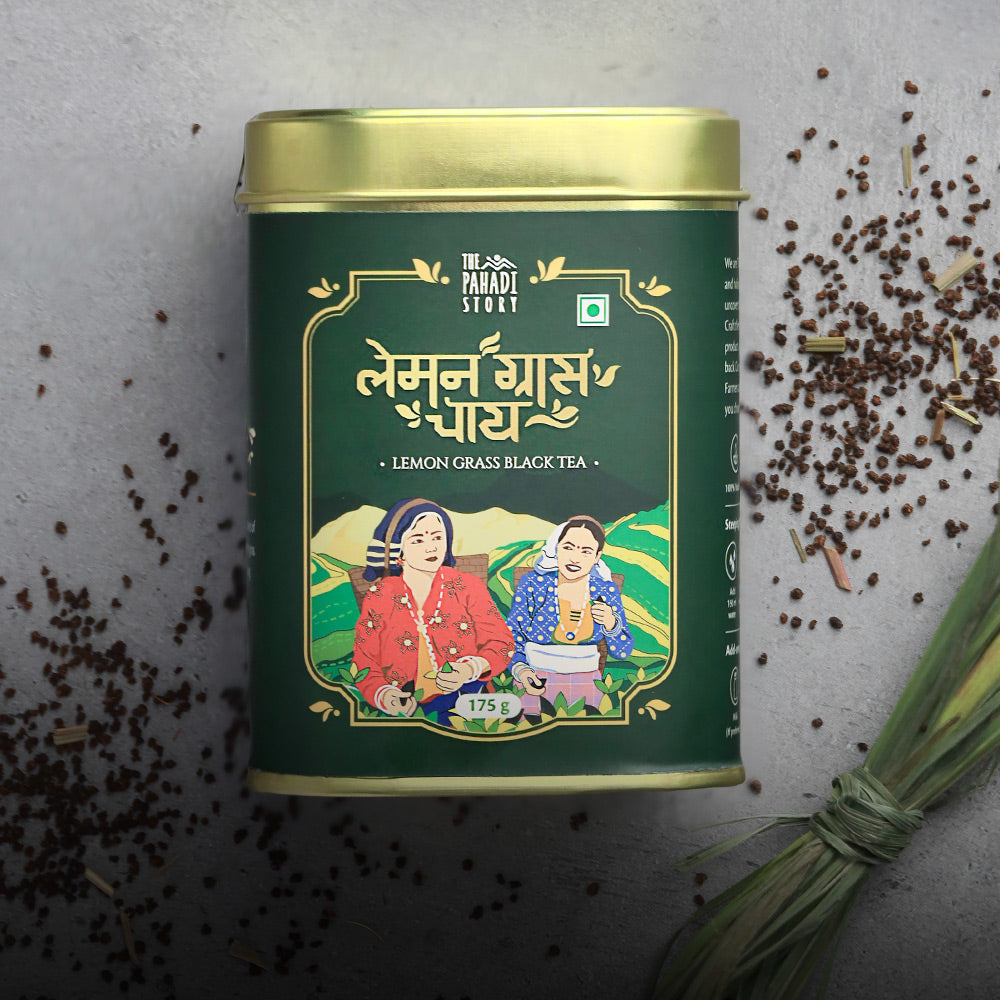
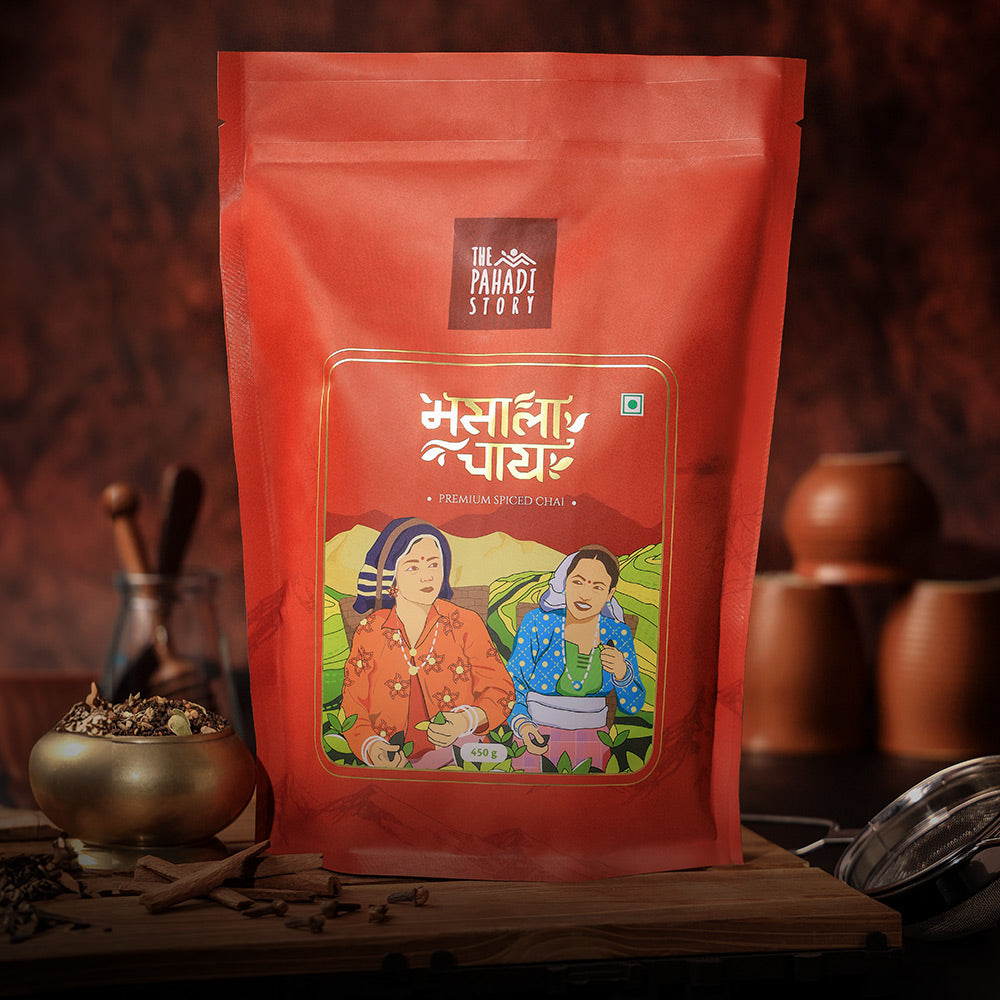

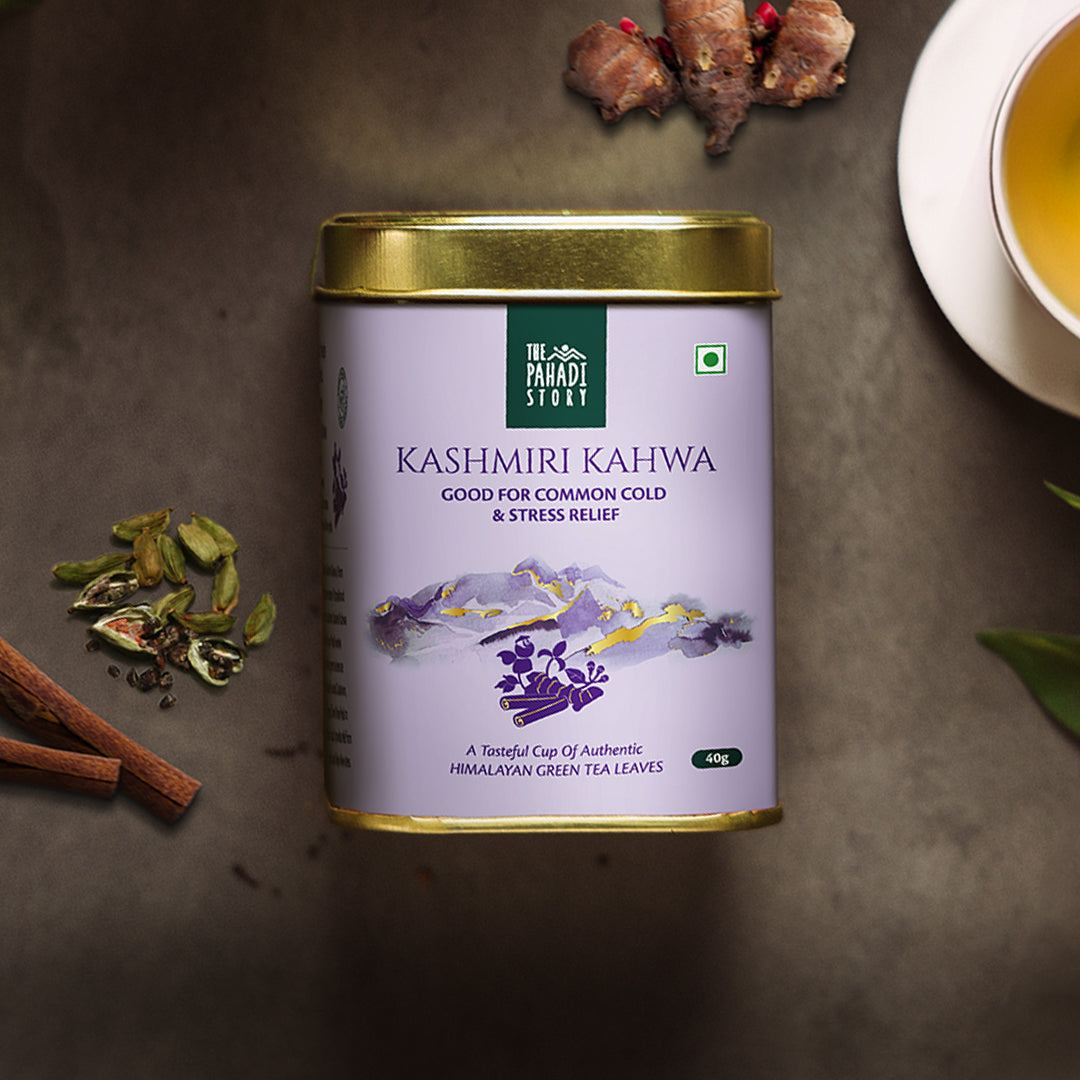
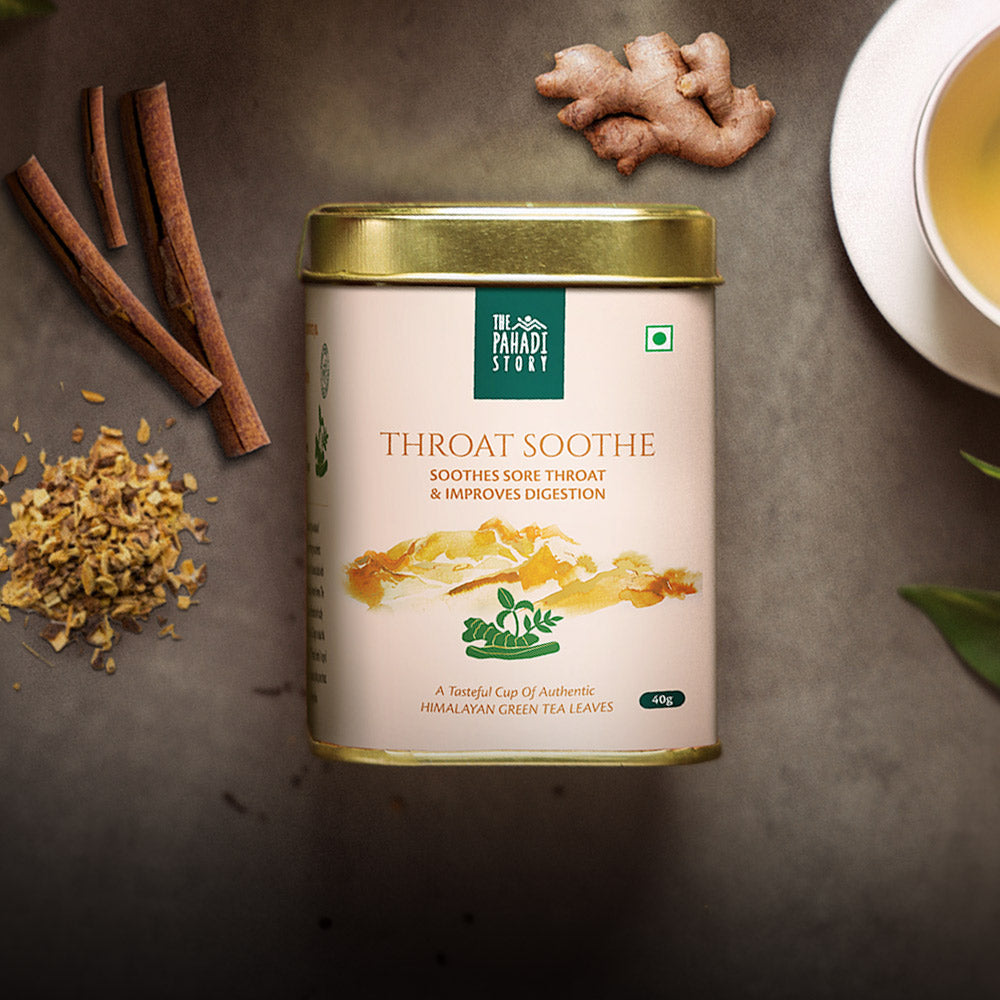

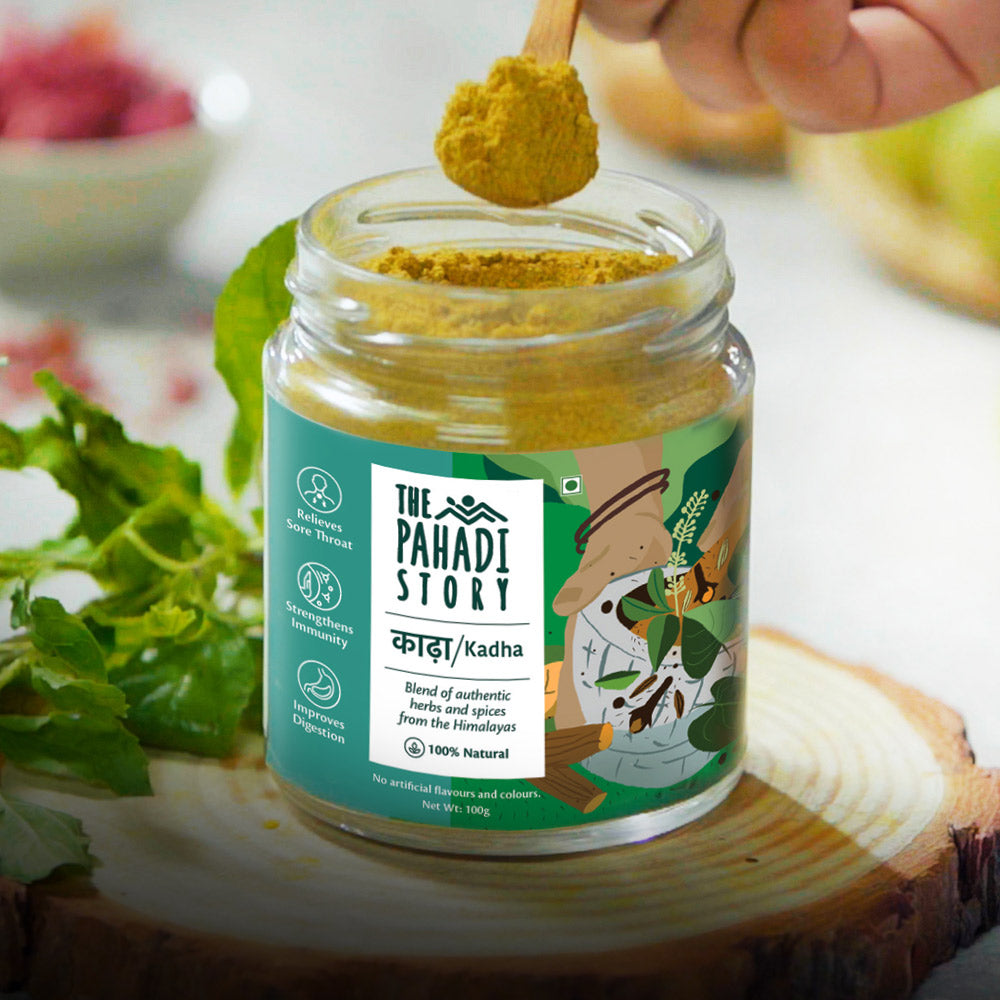
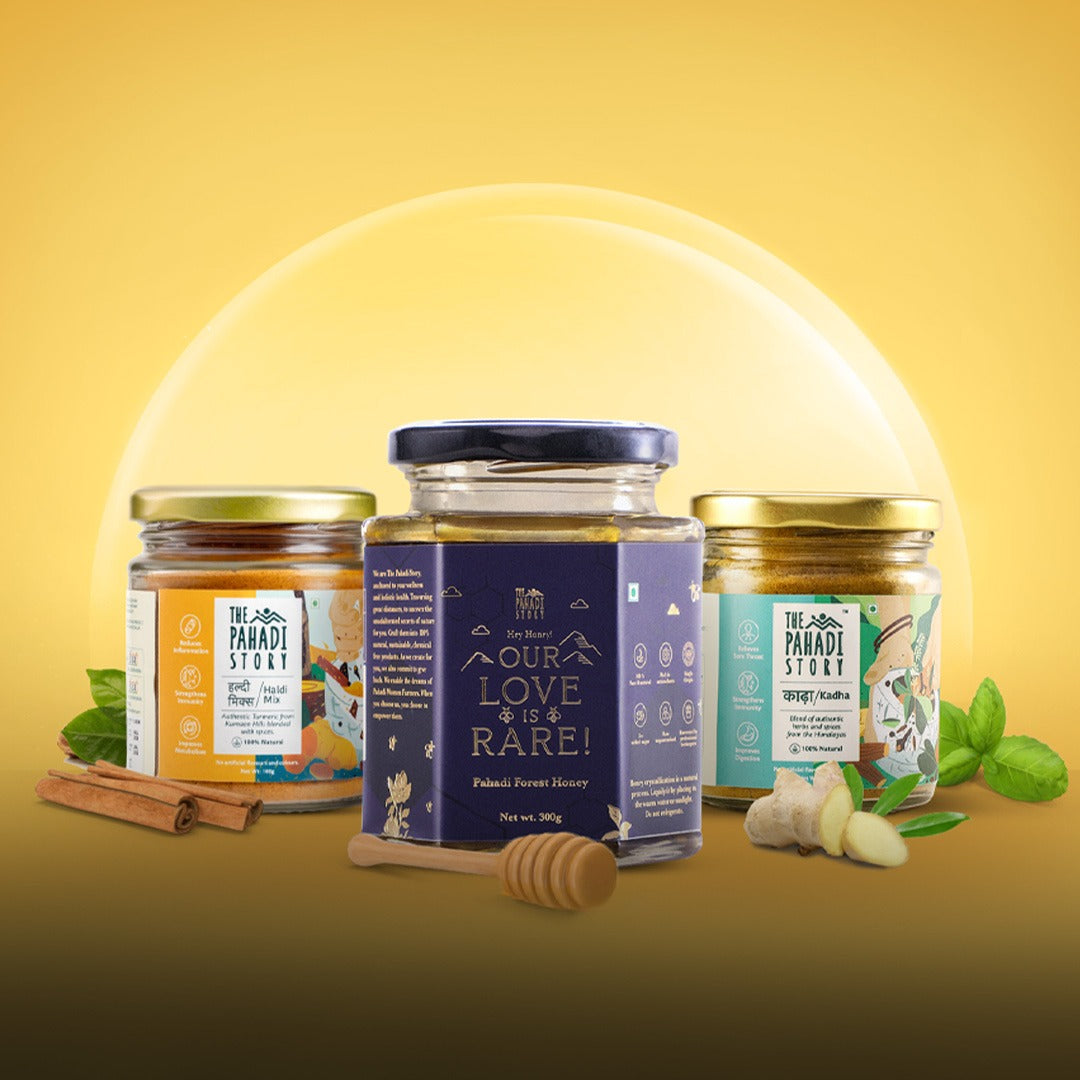
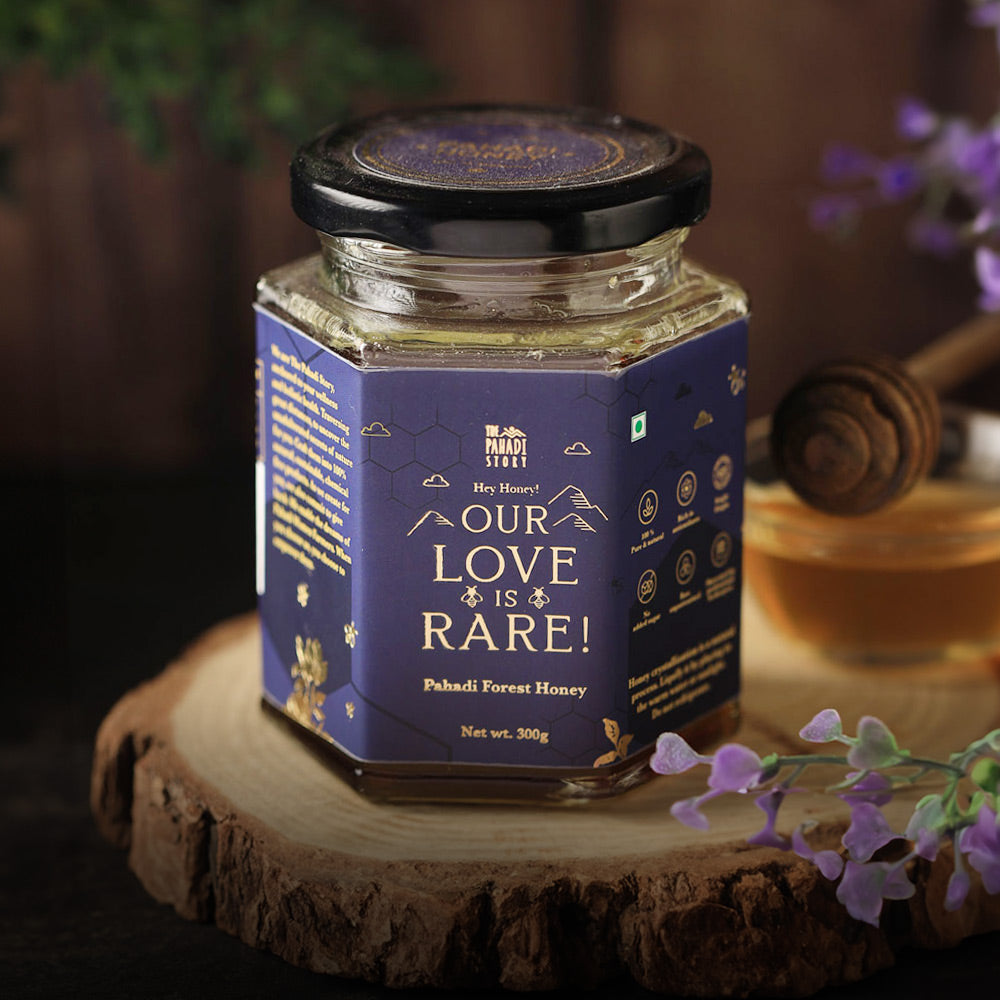
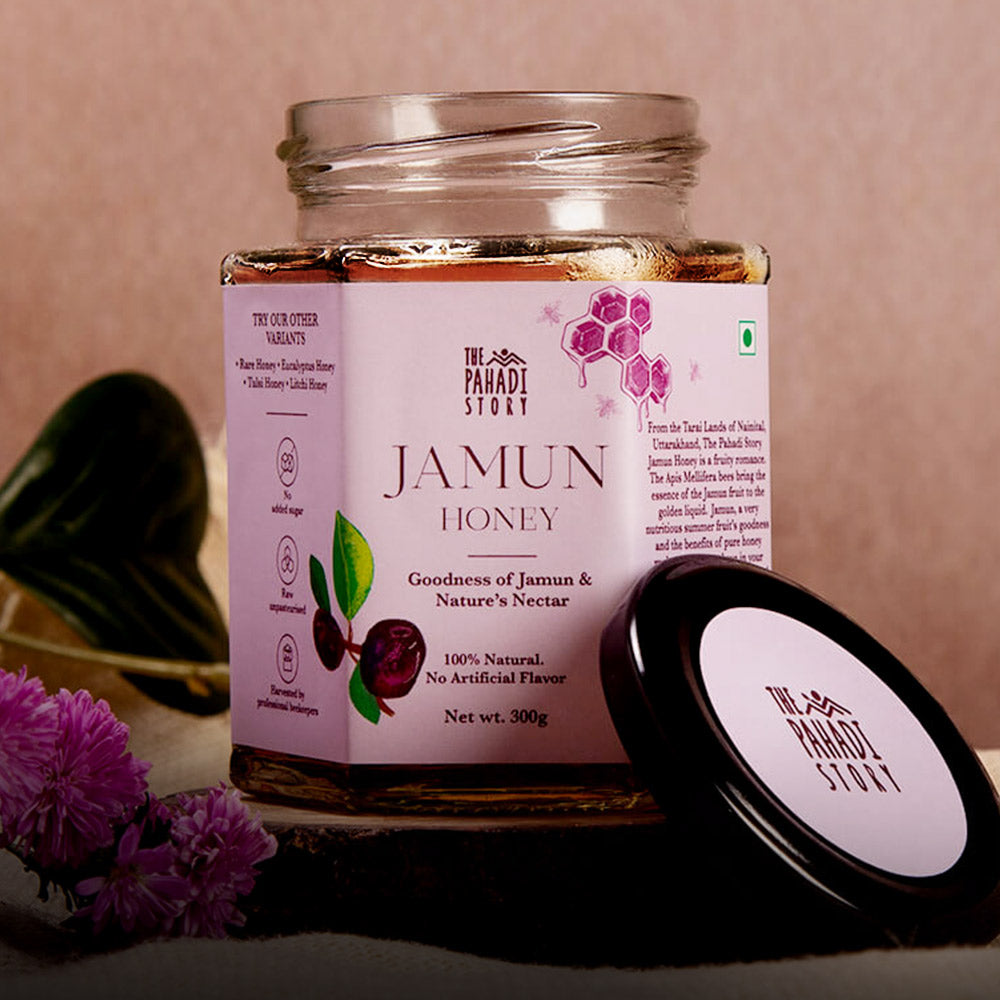
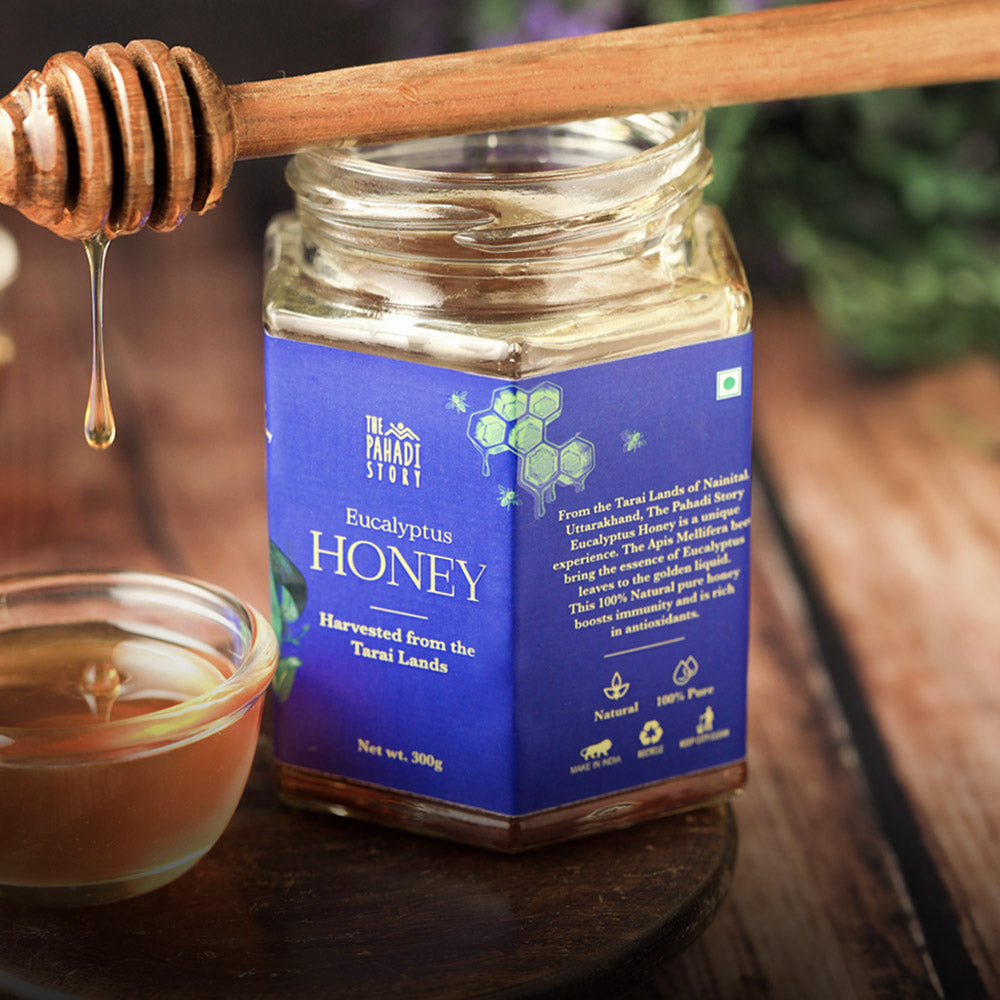




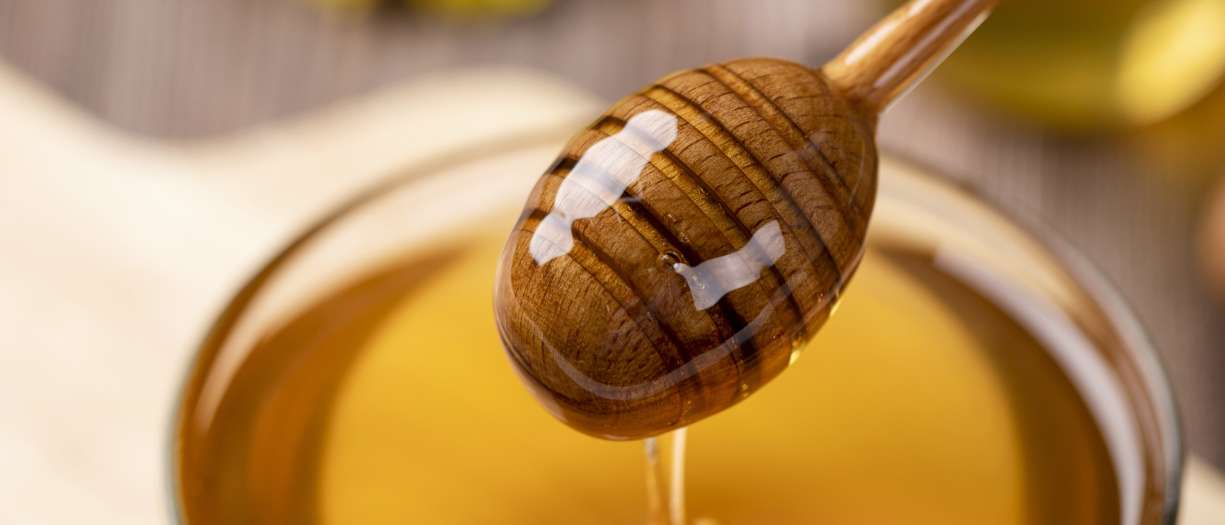

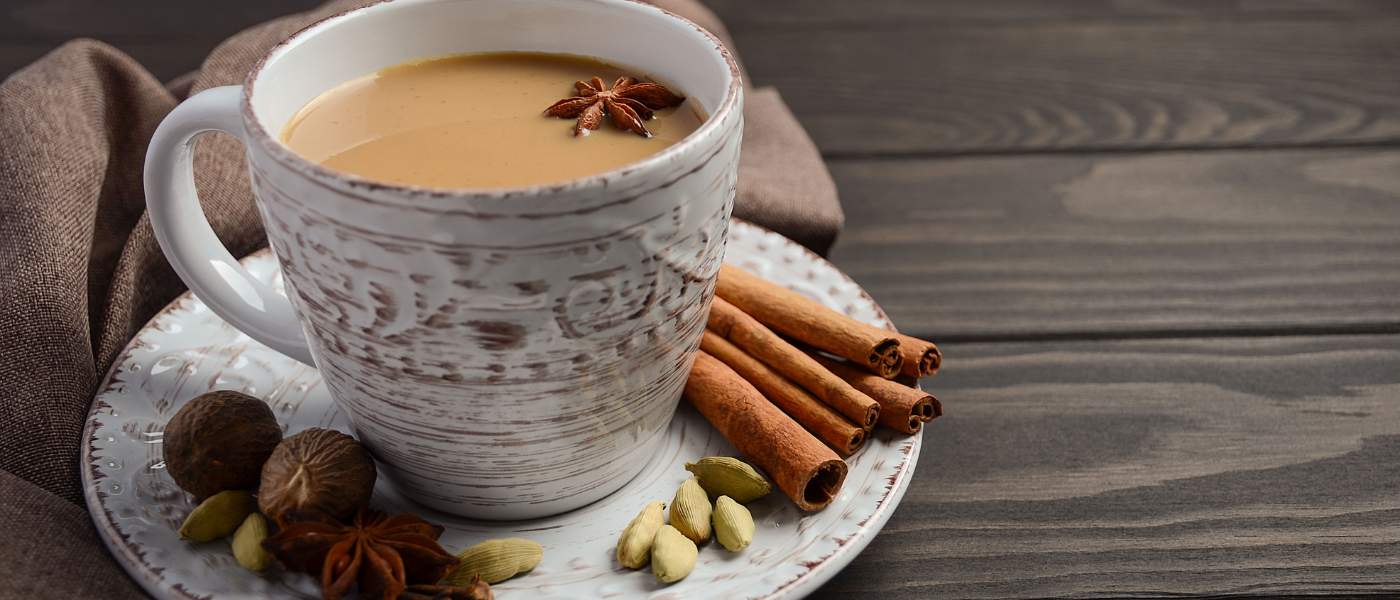
Leave a comment
This site is protected by hCaptcha and the hCaptcha Privacy Policy and Terms of Service apply.